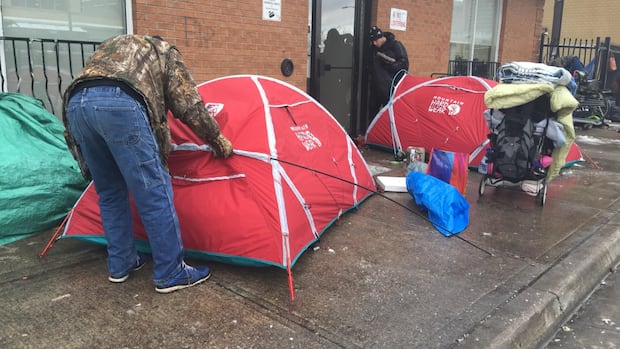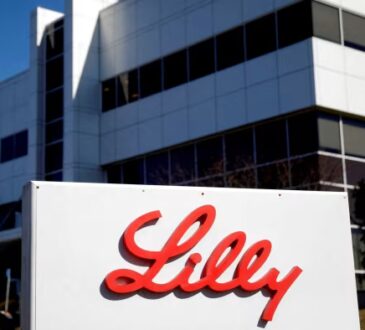
London’s efforts and investments to address the city’s homelessness crisis are helping, but more cash from senior governments will be needed to support a homeless population that continues to grow.
That’s the essence of a report released Wednesday that evaluates the progress of London’s homeless response plan, called the Whole of Community System Response (WoCSR).
The report was carried out by a research team at Western University as a report card into the city’s efforts to help people with complex health-care needs who are living unhoused.
Created in 2022, the plan has helped set up two homeless hubs and led to the construction of 93 supportive housing units with more than 300 additional units either planned or under construction.
The report points to data suggesting these efforts and others are having positive results and saving money in other areas of the health-care system, such as reduced emergency department visits.
Seen a key crisis indicator, the number of preventable deaths among the city’s homeless population dipped to 44 in 2024, down from 55 deaths in 2022. The report’s authors point to that reduction — at a time of rapid population growth in London — as evidence that services set up in the past three years are making a difference.
Plans for future hubs
The report says London’s two homeless hubs, properties that provide housing and support for unhoused people with complex care needs, have served more than 100 clients and helped more than 40 move into stable housing.
One hub operated at Atlohsa Family Healing Service has 10 respite beds and 18 transitional rooms. A total of 19 people using the Atlohsa hub have transitioned to permanent Housing, the report says.
The youth-focused Youth Opportunities Unlimited hub has six respite beds and nine transitional beds. The report says it’s helped 25 young people move into stable housing.
Another hub is set to open soon, a provincial initiative knows as a Homelessness and Addiction Recovery Treatment (HART) Hub, located at the Salvation Army’s Centre of Hope on Wellington Street. The 60 beds were slated to open in April, but the doors are still closed.
The report says the Whole of Community System Response team has received expressions of interest from seven other organizations intending to set up hubs.
The report also cites success at two properties that provide highly supportive housing: The House of Hope on Dundas Street and 44-bed residence at 403 Thompson Rd. The report points to stories of residents who’ve been able to stabilize and access needed health care, including mental health supports and addictions treatment.
And while the report highlights the success of these efforts, it also says more urgent action is needed.
London’s homeless population has grown by 19 per cent since 2022, that’s below the province-wide average of 25 per cent. In real numbers, 1,844 people interacted with London’s homeless response system in 2022. Since then, that number has grown to surpass 2,200.
City at limit of what it can spend, mayor says
The supports London has set up have come from multiple funding sources but the city has also invested heavily in the homeless response.
Mayor Josh Morgan said the report shows the benefits of the province’s supports.
“There’s a really great case to be made here to say ‘You’re on the right track in investing in a hubs-based system across the province,'” said Morgan. “It’s going to take pressure off the health-care system and free up dollars there.”
‘What we have here is a third-party validated report that says these investments actually work.– London Mayor Josh Morgan
Morgan said London has effectively reached its limit on how much it can contribute without scaling back on core services the municipality has to provide, such as policing and road building.
“If we want to do more of something, we have to less of something else,” said Morgan. “There just isn’t the fiscal capacity for us to continue to be in spaces that aren’t in traditional municipal spaces. What we have here is a third-party validated report that says these investments actually work.”
The report also points to other troubling tends. Despite being less then three per cent of the city’s population, Indigenous people make up at least 30 per cent of those experiencing homelessness.
Another challenge flagged in the report: People in jobs that provide services for unhoused people are dealing with high rates of stress and burnout, with agencies struggling to hire and retain workers.
The report will be presented at Monday’s meeting of council’s Community and Protective Services Committee.




